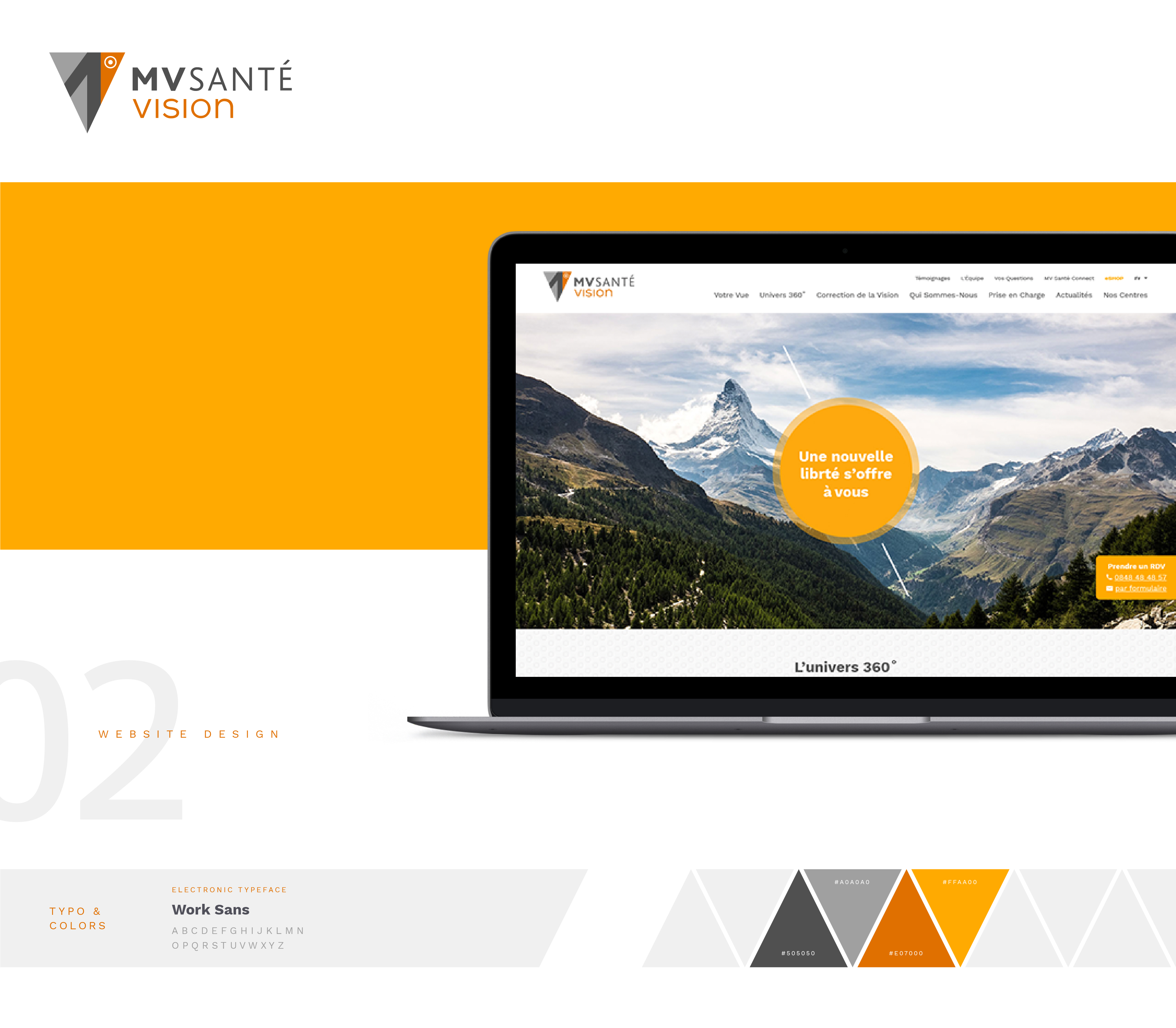Un ménage à trois qui porte ses fruits
On est bien d’accord que le ménage à trois (ou plus) suscite généralement interrogations et indignations, du moins au Liban. Néanmoins, au sein de ce débat sans fin, il existe des dynamiques ‘poly’ qui s’avèrent être des success stories. C’est le cas notamment de la collaboration fructueuse entre Eastline Digital, vit-e et MV Santé Vision.
 MV Santé Vision est leader dans la correction des troubles de la vision en Suisse Romande, avec à son actif plus de 20,000 yeux opérés ces 10 dernières années, une équipe de chirurgiens ophtalmologues expérimentés, et un matériel à la pointe de la technologie et en exclusivité dans la région.
MV Santé Vision est leader dans la correction des troubles de la vision en Suisse Romande, avec à son actif plus de 20,000 yeux opérés ces 10 dernières années, une équipe de chirurgiens ophtalmologues expérimentés, et un matériel à la pointe de la technologie et en exclusivité dans la région.
Basée à Beyrouth depuis 2006, Eastline Digital est la première agence indépendante fondée au Liban dédiée au marketing digital, et une des pionnières dans les régions du Moyen-Orient et de l’Afrique du Nord. L’agence est lauréate de plus de 42 prix locaux et internationaux, et compte dans son portfolio plus de 550 clients dans 32 pays.
vit-e branding & digital crée et redynamise les marques grâce aux pouvoirs de la pensée conceptuelle et de la communication visuelle créative, de solutions sur mesure, d’une expérience client hors pair, de la perspective adaptée aux besoins de chaque projet et de la contextualisation. Fondée à Beyrouth en 2000, vit-e compte déjà à son actif plus de 500 clients à travers 27 pays, dont des multinationales, des institutions et des entreprises.
Pour MV Santé Vision, Eastline Digital s’occupa de mettre en place une stratégie de communication digitale holistique laquelle se révéla être un ajout capital aux dispositifs de communication de cette entreprise. Eastline assura – et continue de le faire – à MV Santé Vision une visibilité digitale optimale, en offrant des services innovants de création de contenu, de promotion, de sensibilisation, d’information, d’interaction contextualisée, d’engagement et de conversion.

Quant à vit-e, celle-ci s’occupa de la stratégie et de l’identité de marque de MV Santé Vision, de la conception de supports marketing imprimés, de l’UX Design – Expérience Utilisateur – et l’UI Design – Interface Utilisateur – du site-web, ainsi que du design de stands d’exposition polyvalents.
 |
 |
 |
 |
Grâce à un dialogue en mode continu entre ces trois entités, à la diversité des talents et à une expertise pointue, les plateformes et espaces créés pour MV Santé Vision offrent une expérience se démarquant de la masse, puisque celle-ci est le fruit de l’interculturalité et de la recherche de l’unité dans la diversité des solutions au-delà de visions limitées du possible. La relation MV Santé Vision/Eastline Digital/vit-e comporte un engagement consistant à déterminer au quotidien des objectifs mutuels, à se partager les responsabilités, les ressources et les récompenses, à oeuvrer ensemble à concrétiser une perspective commune, et à intégrer trois enjeux que les marketers et communicants se doivent de relever: la vision stratégique, le savoir-être digital et la production d’un contenu toujours plus créatif en misant sur trois valeurs essentielles – la proximité, la spontanéité et l’authenticité.








 Despite the fact that search engines such as Google, Bing and Yahoo! don’t consider social media signals as a direct factor for website rankings, experience proves that social media is a powerful tool for leveraging your SEO if used with common sense and best practices.
Despite the fact that search engines such as Google, Bing and Yahoo! don’t consider social media signals as a direct factor for website rankings, experience proves that social media is a powerful tool for leveraging your SEO if used with common sense and best practices.
 It is no big surprise that the internet is now the fastest growing media for advertising. Everyone saw this coming. On the other hand, traditional media such as TV, radio and print, are seeing a downtown in their use, and thus revenues.
It is no big surprise that the internet is now the fastest growing media for advertising. Everyone saw this coming. On the other hand, traditional media such as TV, radio and print, are seeing a downtown in their use, and thus revenues.
 In the last couple of years, small to medium local and regional businesses have increasingly opted for a Flash corporate site as it offers numerous communicational benefits such as high interactivity, enhanced user experience, which in turn leverages the brand positioning.
In the last couple of years, small to medium local and regional businesses have increasingly opted for a Flash corporate site as it offers numerous communicational benefits such as high interactivity, enhanced user experience, which in turn leverages the brand positioning.
 According to Majestic Research, the average fee for an online marketer is 54¢ per click on Google Ads, as opposed to $1000 per column inch on the New York Times magazine, as stated in their rate card.
According to Majestic Research, the average fee for an online marketer is 54¢ per click on Google Ads, as opposed to $1000 per column inch on the New York Times magazine, as stated in their rate card.
 Image courtesy of
Image courtesy of 
 Launching an SEO (Search Engine Optimization) campaign is not that hard a task these days, but avoiding the comm
Launching an SEO (Search Engine Optimization) campaign is not that hard a task these days, but avoiding the comm on mistakes and misconceptions involved in the process of developing a campaign is a tricky trap that could be avoided through the guidelines mentioned below.
on mistakes and misconceptions involved in the process of developing a campaign is a tricky trap that could be avoided through the guidelines mentioned below.